The Holobiont Blindspot – the way we think about how we think may need to be revisited
By Jake M. Robinson and Dr Ross Cameron, Department of Landscape Architecture, University of Sheffield
Ever thought about cognitive biases, also known as ‘cognitive blindspots’?
Cognitive biases are systematic errors in judgement. Humans are prone to making them each and every day, and they can have major implications for our relationships and work life. Our new paper published in Frontiers in Psychology proposes a novel cognitive bias called The Holobiont Blindspot. We’ll come back to this later in the article, but for now, let’s take a look at some examples of blindspots that have already been identified.
Researchers have identified oodles of these blindspots. For example, there’s the Confirmation Bias. This is the tendency to focus on information that only supports our existing preconceptions or beliefs. Moreover, it often involves ignoring information that challenges our beliefs.
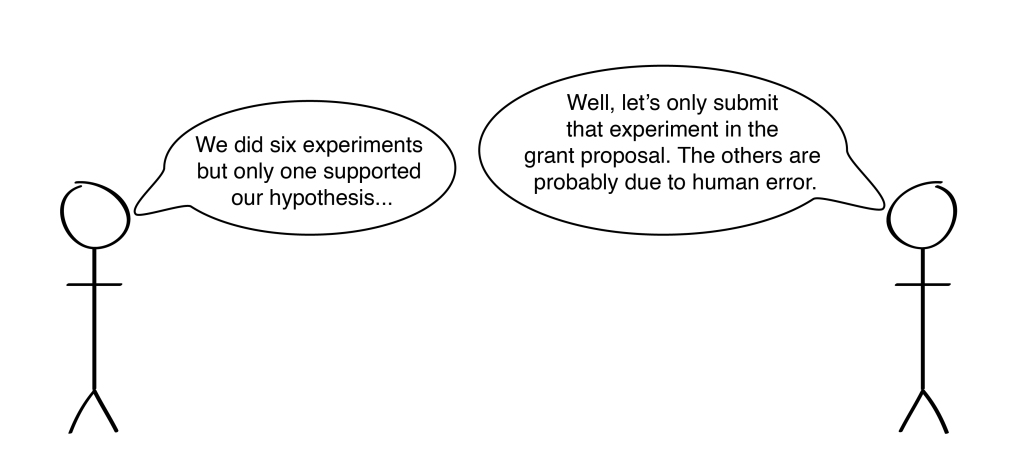
Then there’s the Bandwagon Effect. This is a phenomenon whereby the uptake of beliefs or ideas increases the more they have already been adopted by others. As more people come to believe in them, others ‘jump on the bandwagon’ regardless of the supporting evidence. This tendency of people to align their beliefs and actions with those of a group is referred to as ‘herd mentality’.
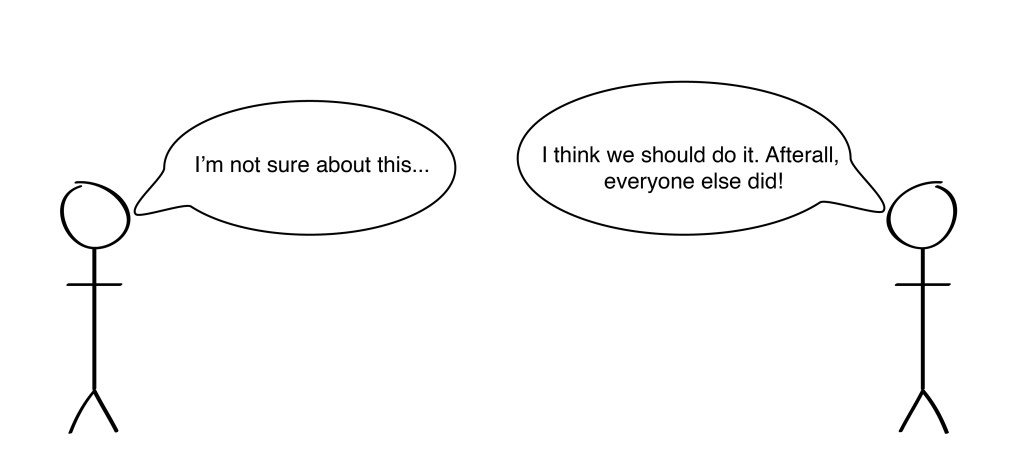
Another example is the False Consensus Bias. This is a cognitive bias that causes us to see our own behavioural choices and judgments as common, and to overestimate how many people agree with our beliefs, choices, values or behaviours. It’s easy to see how this could lead to relationship issues.
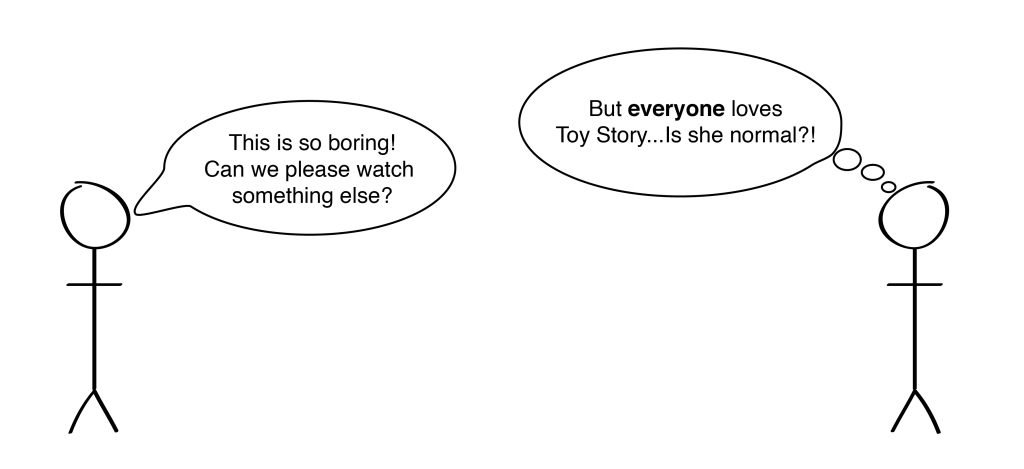
A final example is the Availability Heuristic. This is the phenomenon whereby people tend to overestimate the importance of information that is available to them. It is a mental shortcut (which is the basic definition of a heuristic) that relies on immediate examples that spring to mind when evaluating a particular concept or decision.
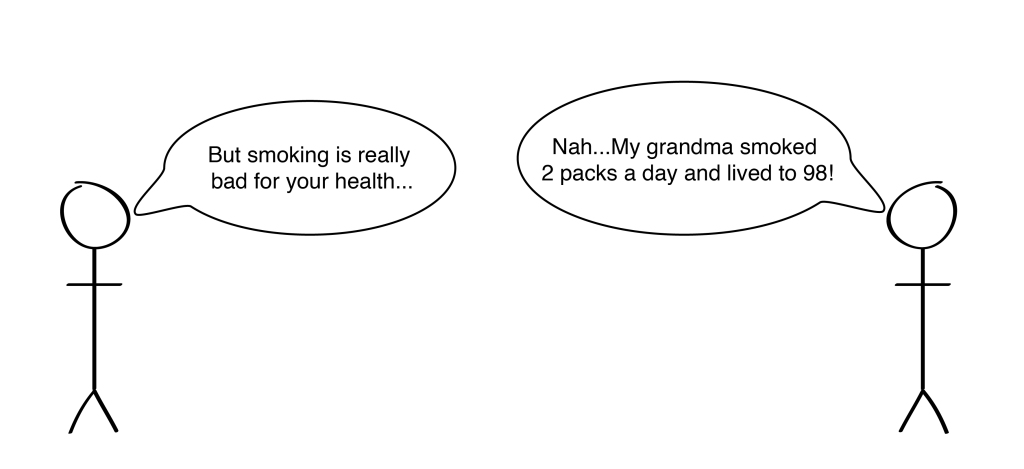
This notion of missing important information due to seeing only what is in front of us is a good point to come back to our Holobiont Blindspot article. First, let’s define a ‘holobiont’.
Holobiont
A holobiont is a term popularised by the late biologist Prof. Lynn Margulis in the early 1990s. At a fundamental level, the term describes a host organism (e.g., an animal or plant) and its associated microbes. We as humans, for example, are host to trillions of bacteria, viruses, fungi and others that reside inside and on our bodies––our ‘microbiome’. It is said that the genes in our microbiomes outnumber our human genes by 150 to 1, and if we could line up the microbes from our gut end-to-end, they would circle the earth 2.5 times. As Ed Yong says: “I contain multitudes”!
Many of the microbes in our bodies are essential to our survival. For example, they regulate our immune systems, they metabolise our food and provide nutrients. Moreover, there is a rapidly growing evidence base to suggest that the microbes in our guts can have a considerable influence on our behaviour, mood and decision making via a communication system referred to as the microbiota-gut-brain axis. So, we could actually view ‘ourselves’––that is, a human host plus its symbiotic microbes––as a collectively functioning ecological unit, or a ‘holobiont’.

The holobiont blindspot
Just as cognitive biases can manifest through the attribution of human-like behaviours to non-human animals (or plants, fungi etc.), treating holobionts as individual subjects divorced from any cognitive influence of microbial interactions with the body, the brain and the environment, could also be viewed in this manner. In other words, failing to recognise the role of host-microbiome interactions in behaviour/decision-making underpins the Holobiont Blindspot.
This blindspot could be viewed from either a first or third person perspective. For example, the first person perspective would involve recognising the microbiome’s influence on one’s own intuition/behavioural responses and even mental health.
The third person perspective could include a researcher studying animal populations with preconceived ideas about an animal’s behaviour in the absence of considering the microbiome’s influence––which could lead to delusive generalisations and inaccurate conclusions about a given behaviour.
Influencing social behaviour
Microbiomes have been shown to influence host mental health, sex hormones, memory and many other aspects associated with important social behaviours. Therefore, could our microbes be contributing to relationship issues e.g., by changing preferences to human odour ‘attractants’, or by influencing memory recall – did you forget an important date recently?!
We discuss this in detail in our paper. We also discuss this blindspot in relation to the ‘Umwelt’. This concept describes the contrasts in the sensory worlds of different species. The Umwelt can be divided into the Merkwelt (perceptual world) and the Wirkwelt (effector/action world) to define an animal’s sensory unit, from perception to behaviour. We suggest that microbially-driven host behavioural responses could augment the Umwelt concept, by considering the role of the microbiome deeply in the realms of perception and action. The very notion of intuition may need to be revisited!
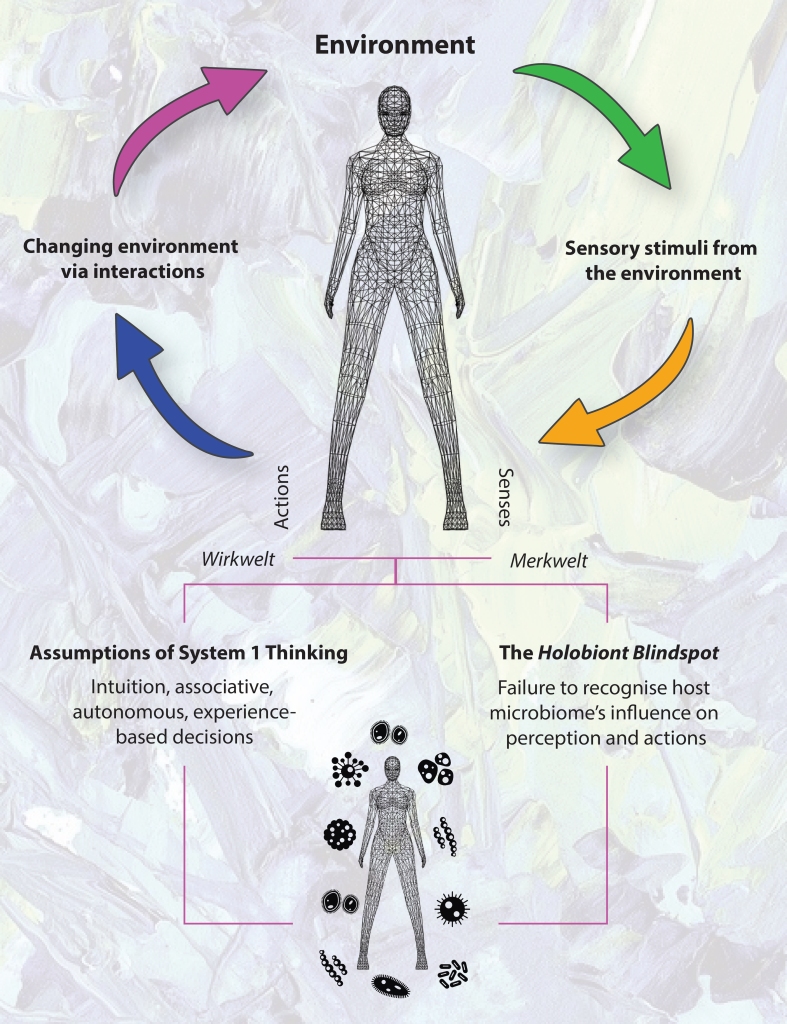
To find out more about the Holobiont Blindspot view the article here.
“Beneath our superficial differences we are, all of us, walking communities of bacteria. The world shimmers, a pointillist landscape made of tiny living beings.” (Lynn Margulis, in Margulis and Sagan, 1986, p.191).